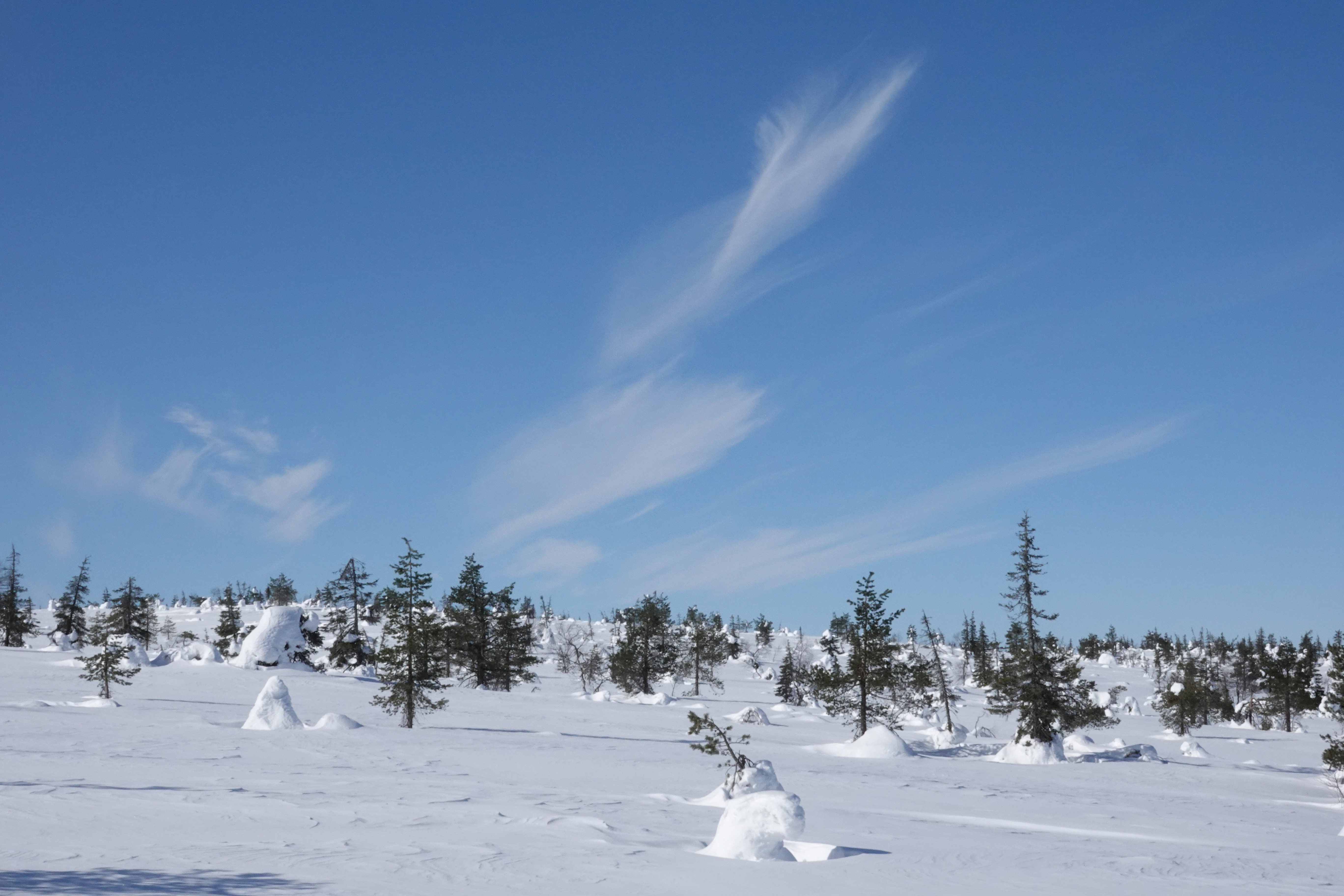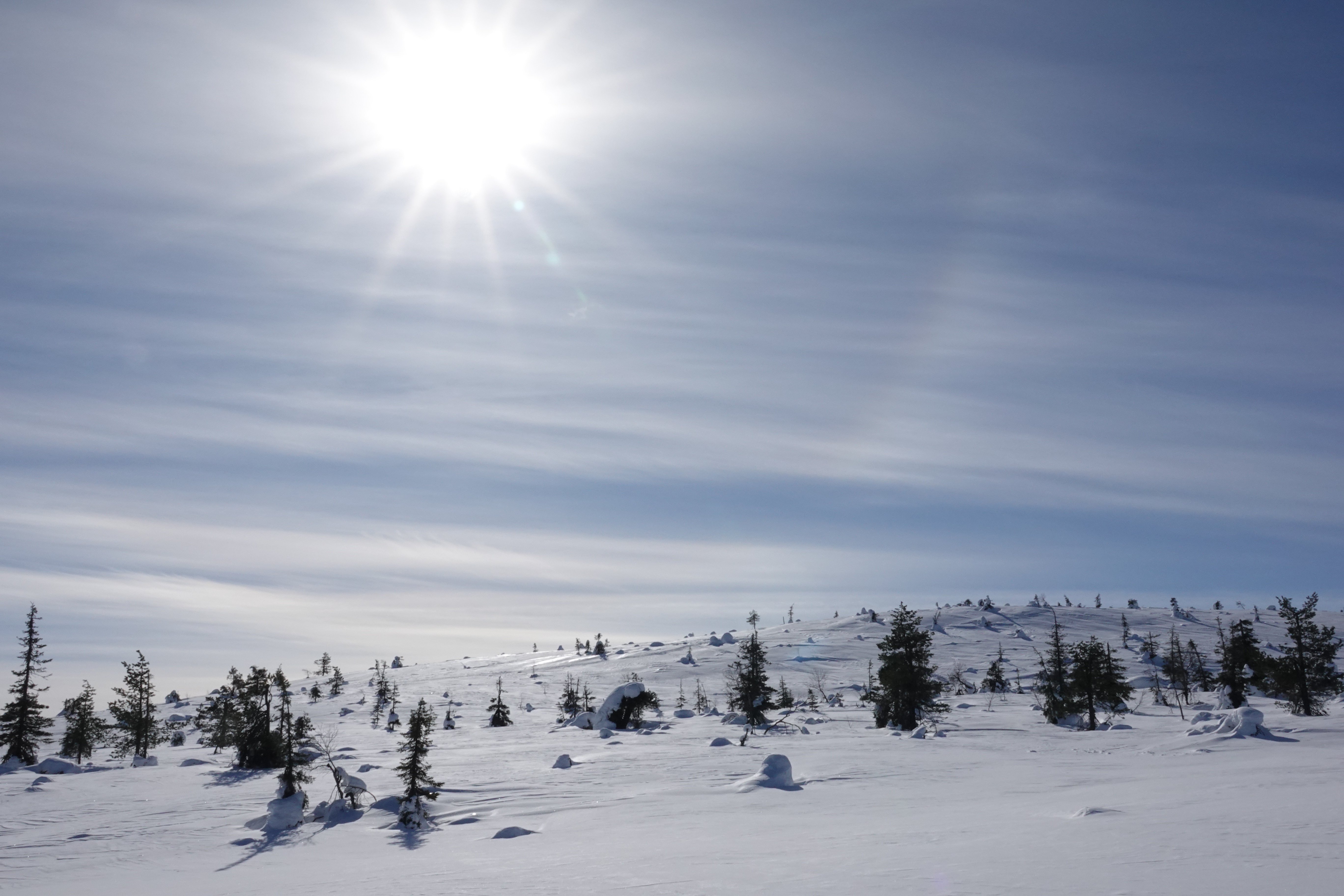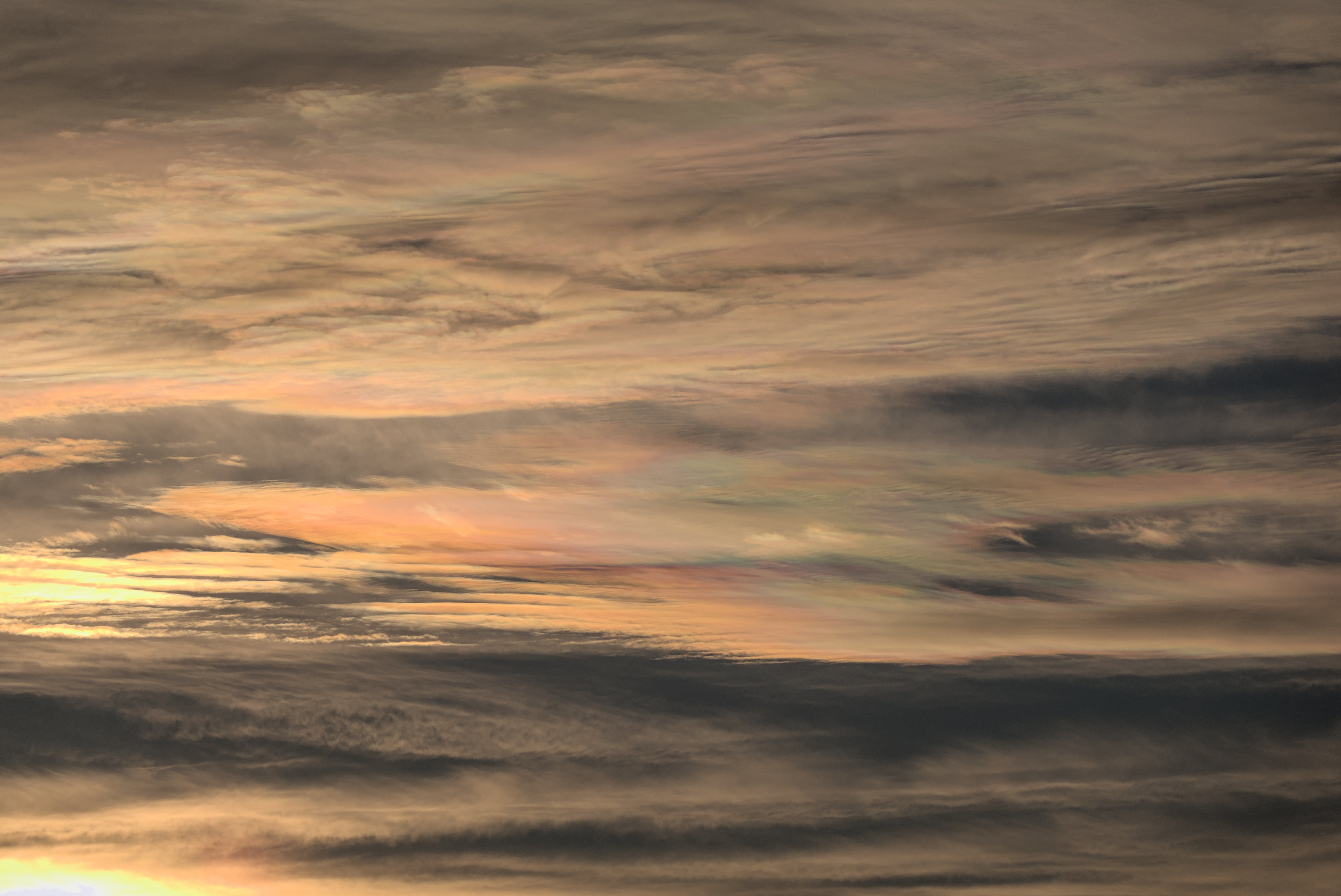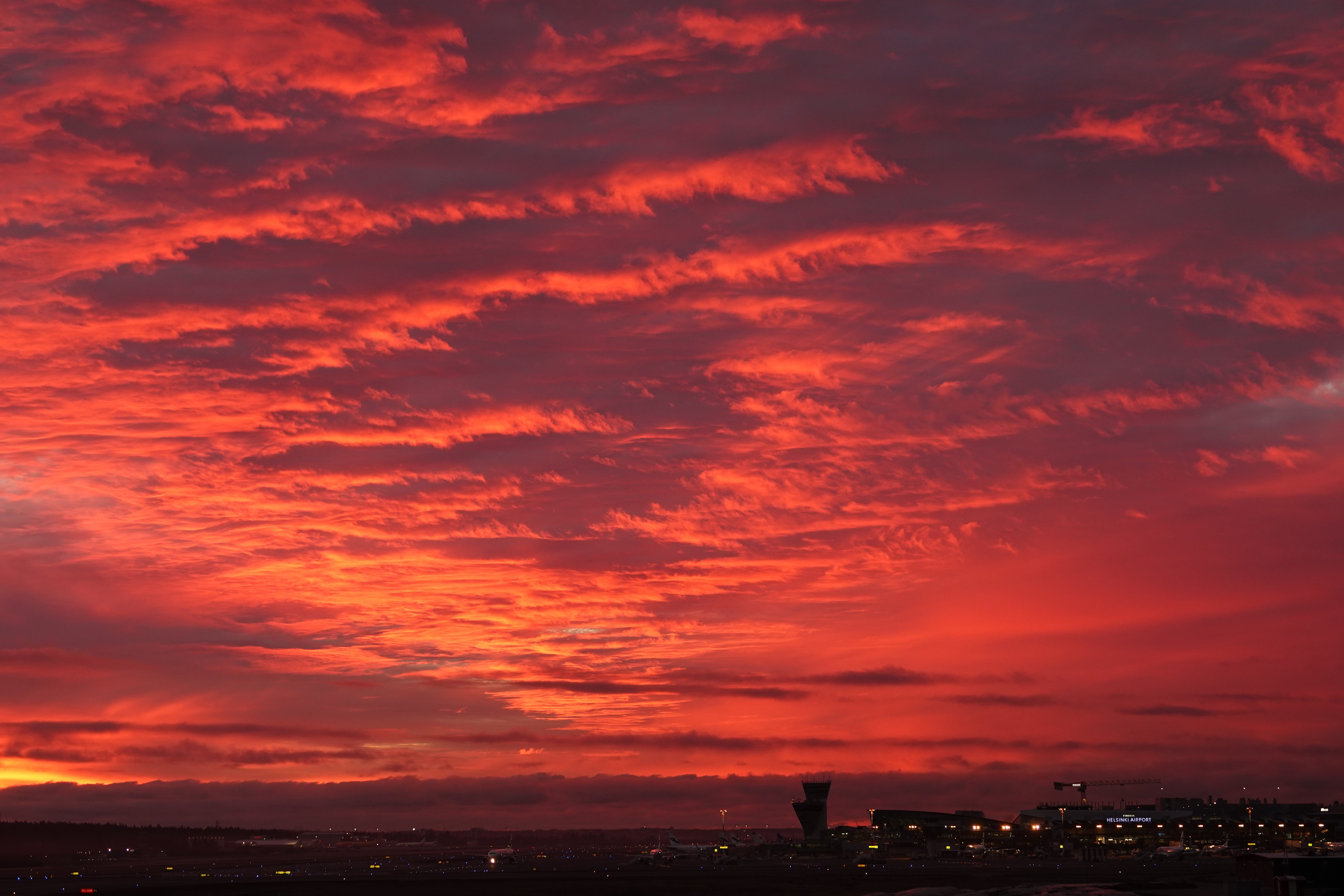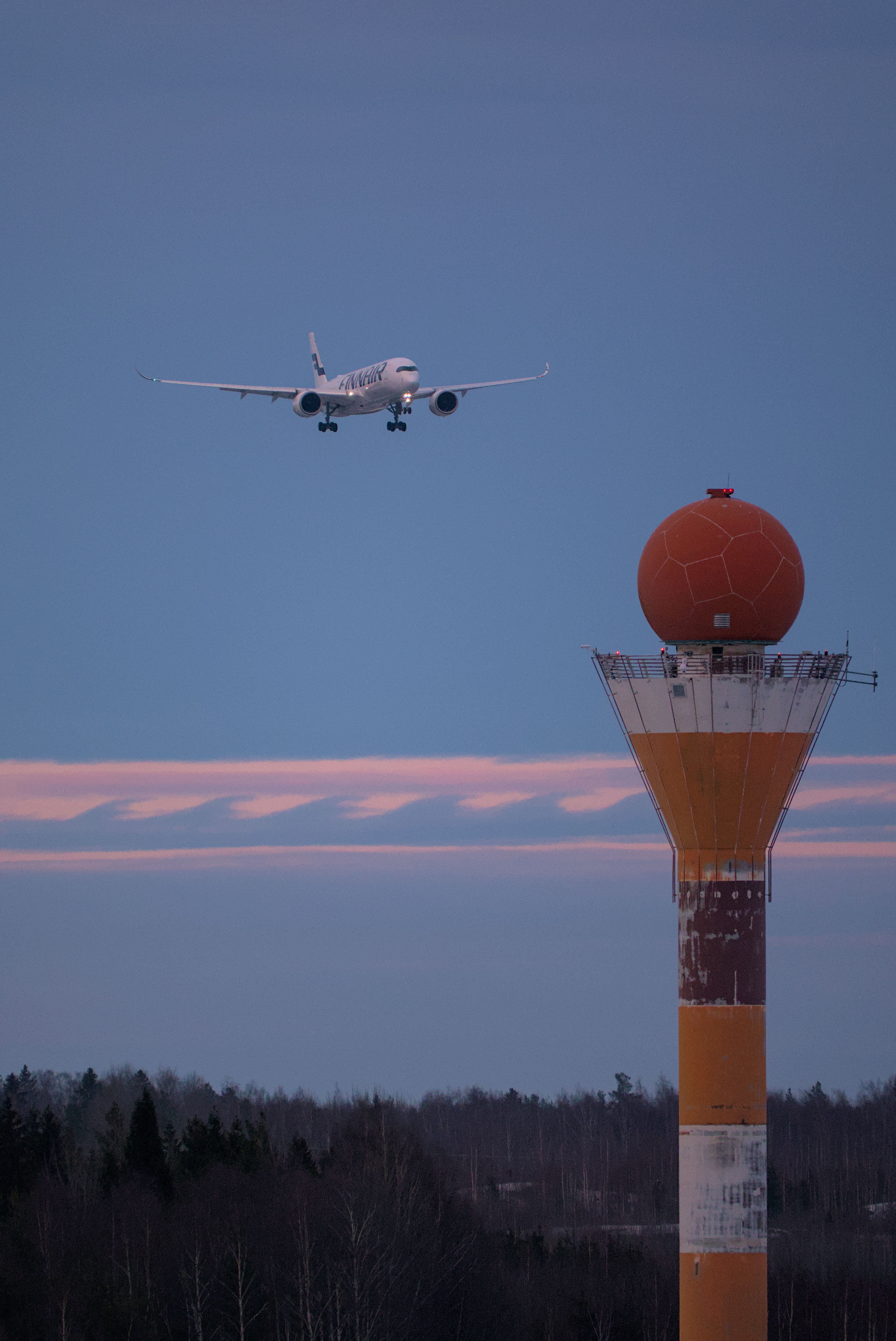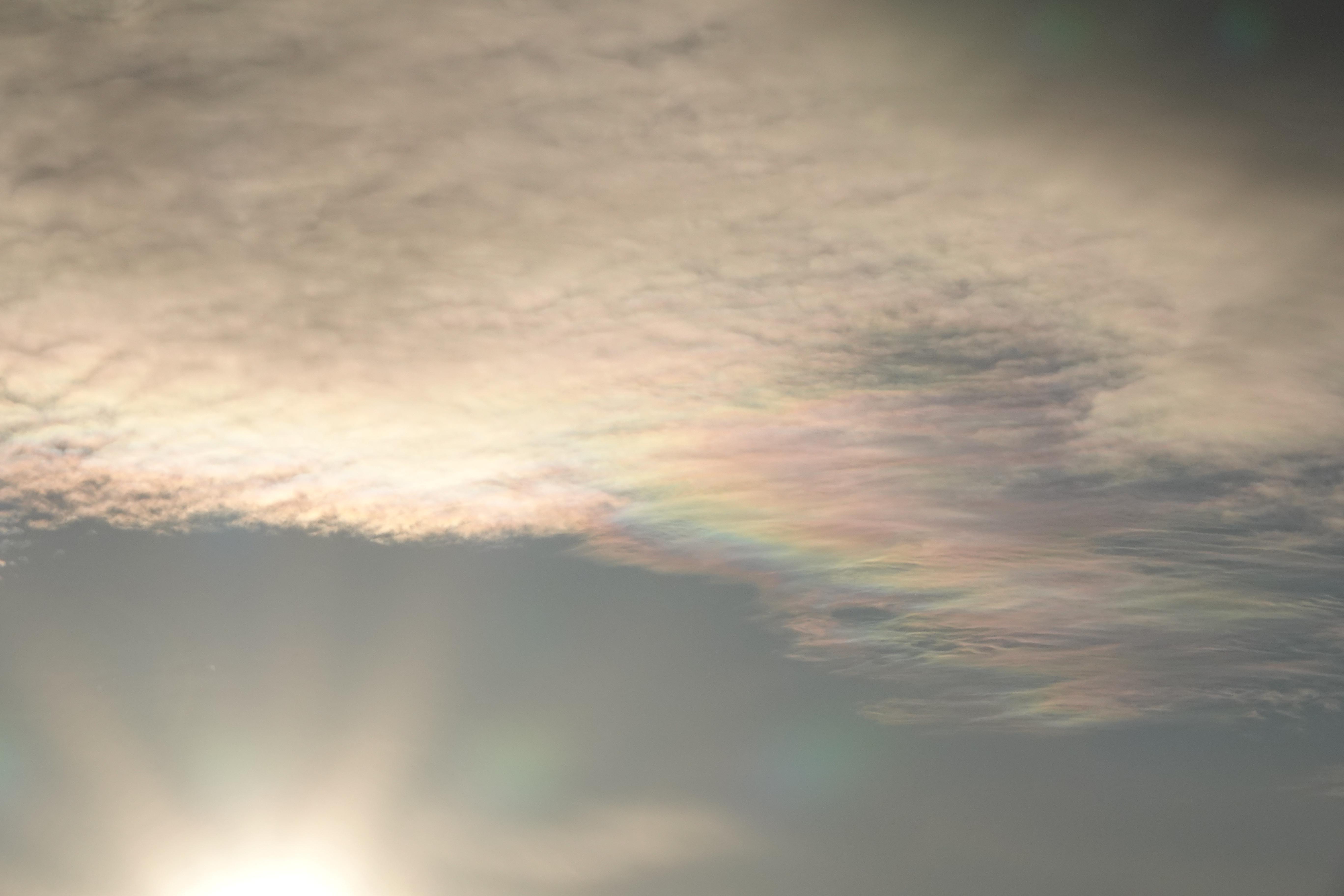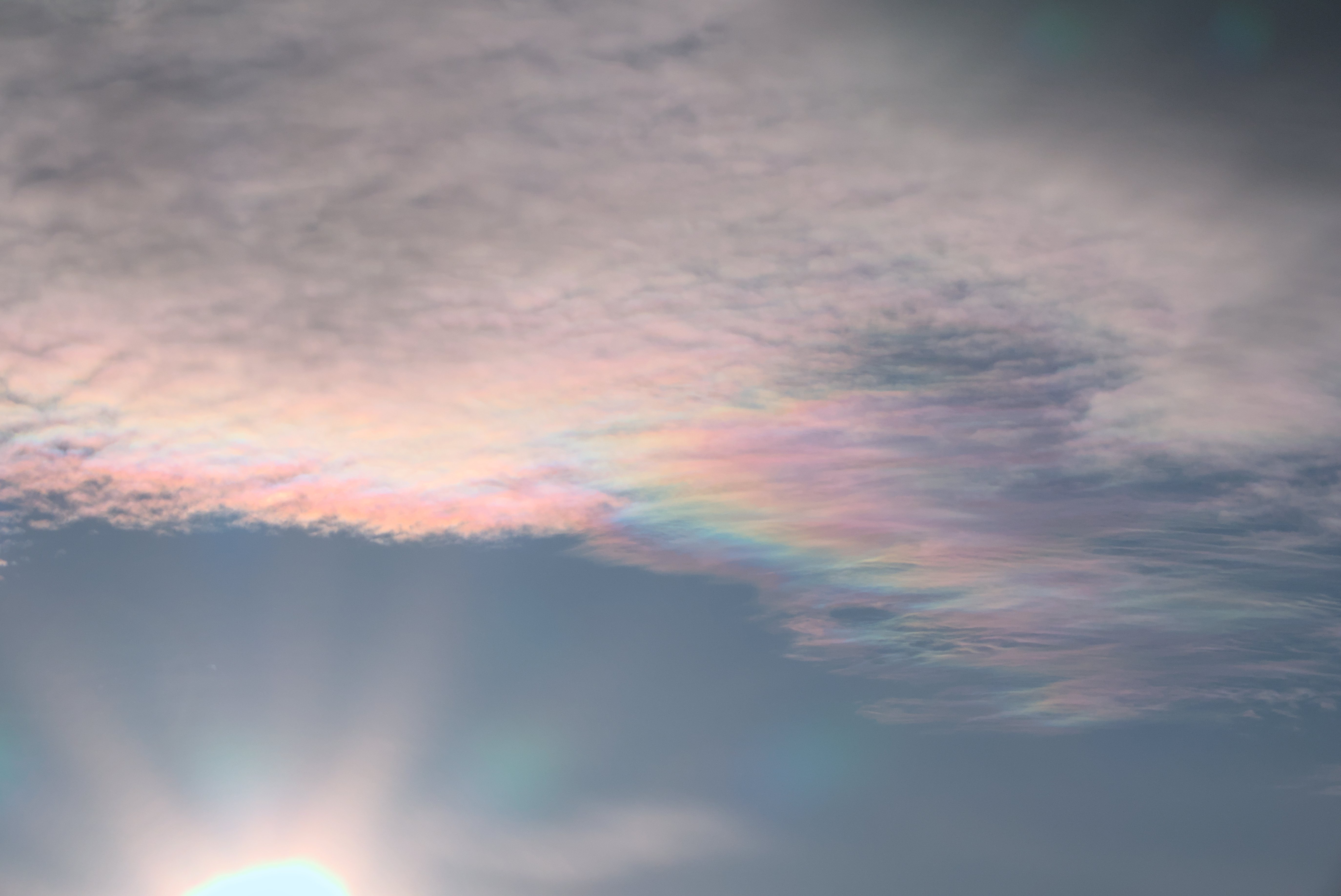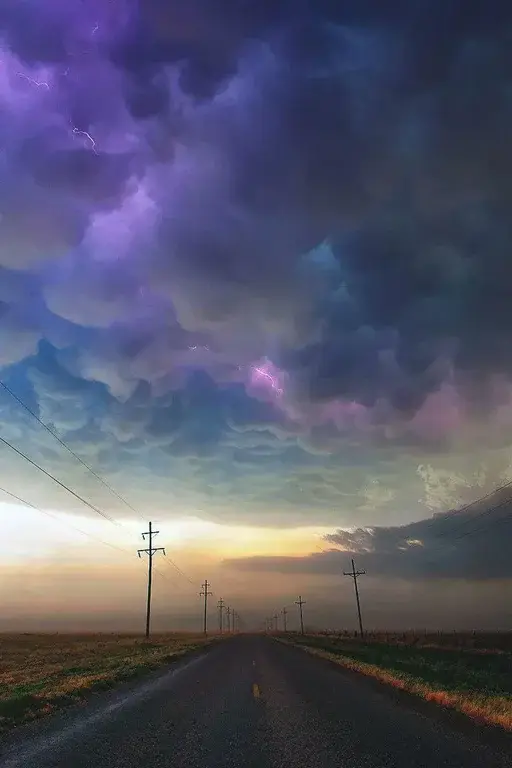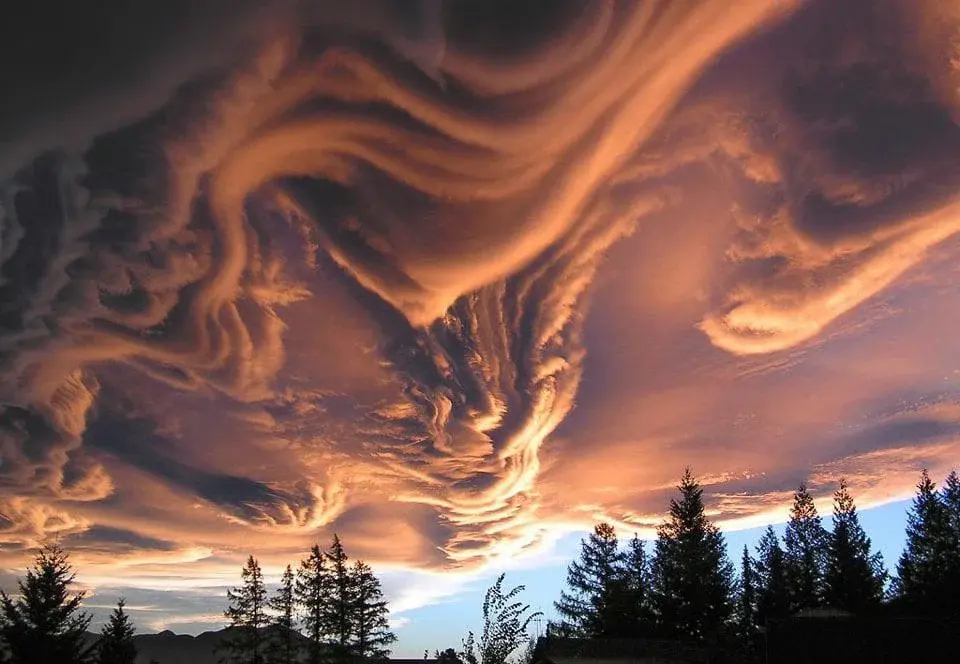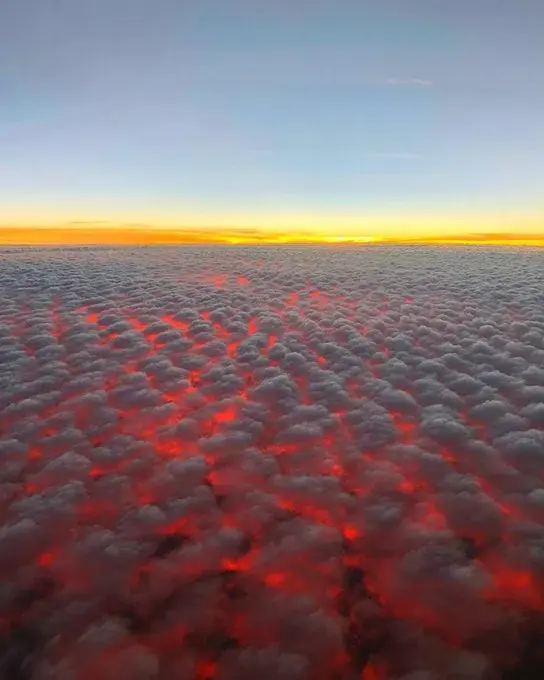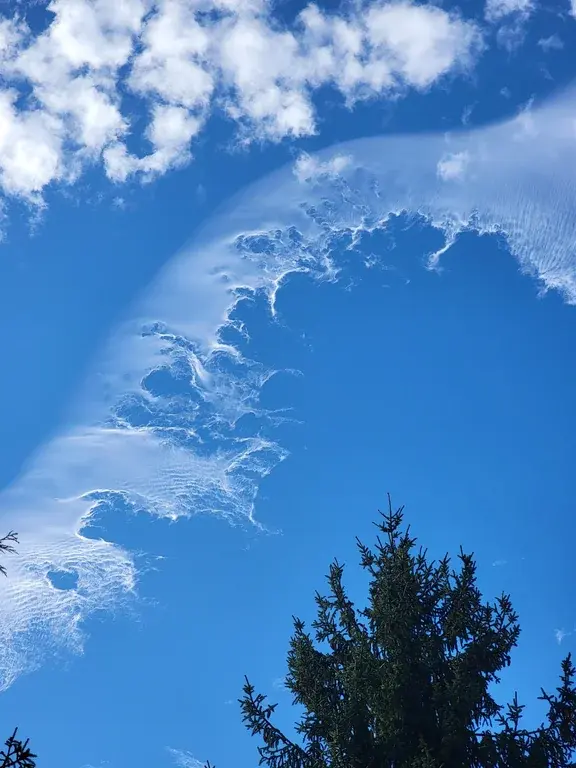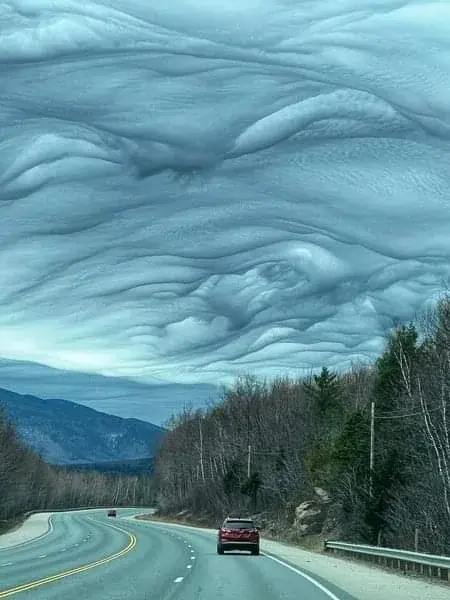Clouds
143 readers
1 users here now
This community is for pictures and videos of clouds, weather and all sorts of atmospheric phenomena.
Some good links for identifying stuff:
The International Cloud Atlas is a great resource on observing the sky and the weather. The definitive authority on cloud classification.
Atoptics is a more thorough resource on atmospheric optical phenomena.
Rules:
-
1. Keep it real. Editing images to bring out existing colours and features is allowed. More artistic edits should be marked with [edited] in the title.
-
2. Mark your original content with [OC] in the title.
founded 1 year ago
MODERATORS
